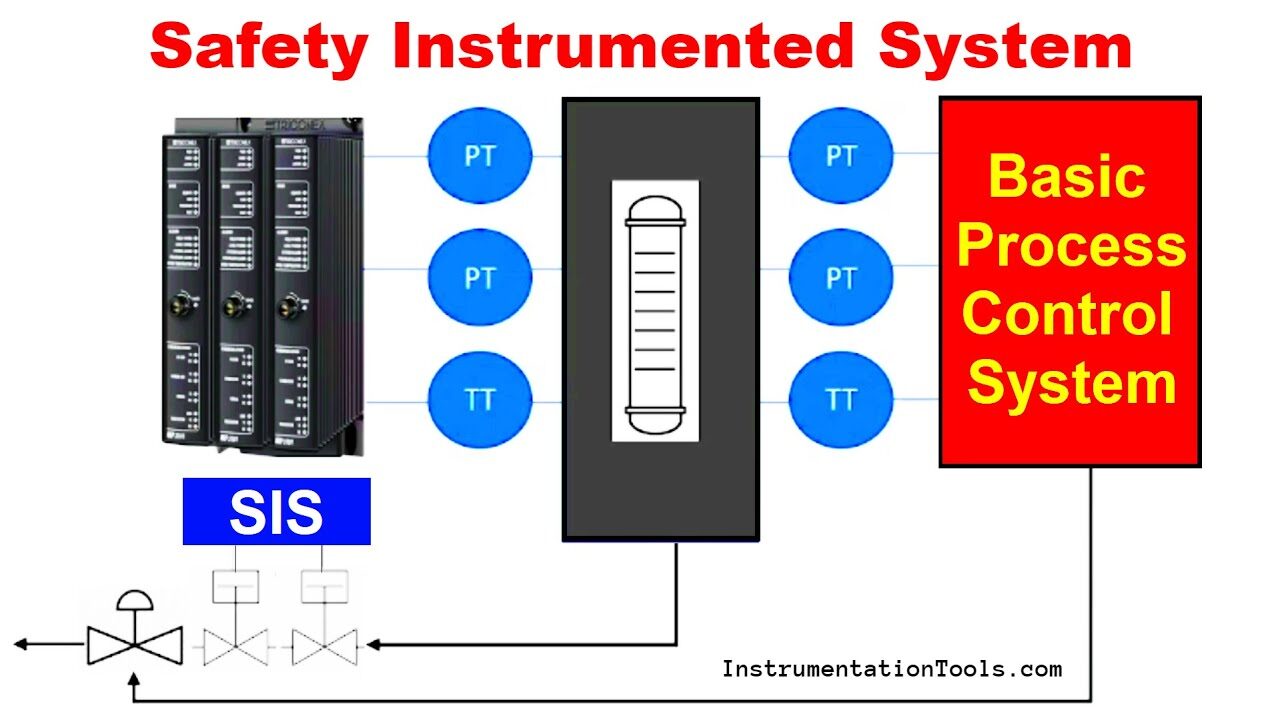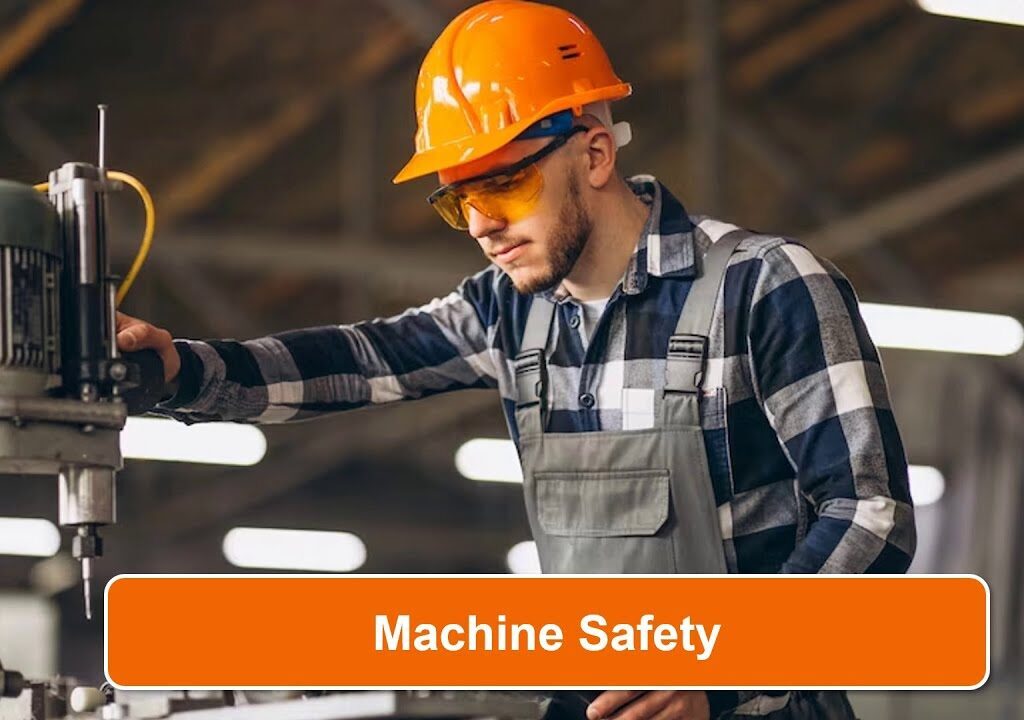Ensuring safety in machine control systems is vital for safeguarding personnel, meeting regulatory requirements, and sustaining smooth, efficient operations. A thoughtfully engineered safety setup reduces hazards and prevents incidents.

For example, a fan speed controller can use a temperature sensor to regulate cooling and prevent overheating. Integrating such targeted solutions enhances system reliability and boosts overall productivity.
1. Identifying Risks and Establishing Safety Standards

An essential starting point for implementing safety measures is performing a thorough risk assessment to uncover possible hazards. Incorporating technologies like IoT-based automatic changeover systems with auto generator start/stop can further enhance safety by ensuring uninterrupted power during faults or outages. This assessment process typically involves:
- Analyzing machine operations to pinpoint safety risks.
- Evaluating the likelihood and severity of potential accidents.
- Applying control measures to mitigate risks.
International safety standards such as ISO 12100 and OSHA regulations provide structured guidelines for risk assessment. Additionally, companies should implement safety classifications like Performance Level (PL) or Safety Integrity Level (SIL) to determine the required safety level of machine components. Proper risk assessment ensures that the necessary safety mechanisms are in place before a system is fully operational.
2. Integrating Safety Devices and Control Mechanisms

To enhance machine safety, industries must incorporate advanced safety devices and control mechanisms. Some essential safety components include:
- Emergency Stop Systems: These allow operators to quickly halt machine operations in case of danger. They should be strategically placed and easily accessible.
- Safety Sensors and Light Curtains: These devices detect human presence near hazardous areas and automatically stop the machine to prevent injuries.
- Interlock Systems: When a safety gate or protective cover is opened, interlock switches disable the machine to prevent accidental activation.
- Redundant Safety Circuits: Implementing dual-channel circuits ensures that if one safety circuit fails, a backup system prevents machine malfunctions.
Integrating these safety mechanisms reduces the likelihood of workplace accidents and ensures compliance with safety regulations.
3. Maintenance, Inspections, and Employee Training

Safety protocols in machine control systems are only truly effective when they are not only properly implemented but also consistently maintained and strictly adhered to by all personnel. Regular inspections, ongoing training, and a culture of accountability are critical to ensuring these measures remain functional and relevant. Moreover, integrating specific control techniques—such as DC motor speed control using Pulse Width Modulation (PWM)—plays an important role in maintaining both operational precision and safety. By adjusting motor speed based on demand, PWM helps prevent overheating, reduces mechanical stress, and minimizes the risk of equipment failure, contributing to a safer and more efficient working environment. Key actions to support these efforts include routine safety audits, clear communication of safety procedures, and timely updates to control systems in response to identified risks or technological advancements.
- Routine Inspections: Regularly checking sensors, emergency stops, and wiring prevents unexpected failures.
- Preventive Maintenance: Scheduling maintenance for safety components ensures long-term reliability.
- Employee Training: Workers must be trained on machine operation, emergency procedures, and hazard awareness to minimize risks caused by human error.
By promoting a safety-conscious workplace culture, companies can ensure that employees follow best practices, reducing accident rates and enhancing operational efficiency.
Conclusion
Implementing safety measures in machine control systems requires identifying risks, integrating safety devices, and maintaining equipment while training employees. A well-executed safety plan not only protects workers but also enhances productivity and ensures compliance with industry regulations.

